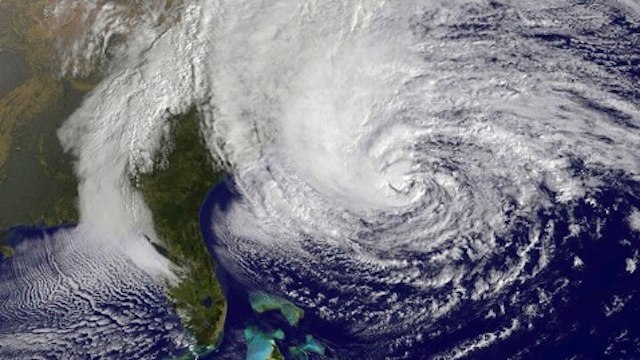
© www.vanityfair.comNortheast's epic storm, Hurricane Sandy
The two years that have passed since
Hurricane Sandy crashed into the New Jersey shoreline have not been enough time for scientists and researchers to make much headway on the hows and whys of the Northeast's epic storm. But that's not because they aren't trying.
In fact, Sandy has spurred an unprecedented amount of research, attempting to tackle the questions about what role climate change might have played in producing or worsening the storm, how global warming might influence similar storms in the future, and why the storm caused so much damage - $19 billion in the New York City area alone. "It'll be one of the most studied storms," said
Gary Lackmann, an atmospheric scientist at North Carolina State University who has looked into the
role warming might have played in guiding Sandy's track and intensity.
Here, Climate Central takes a look at some of those research avenues exploring the role climate change played in Sandy and how the so-called superstorm impacted our evaluation of current and future coastal risks.
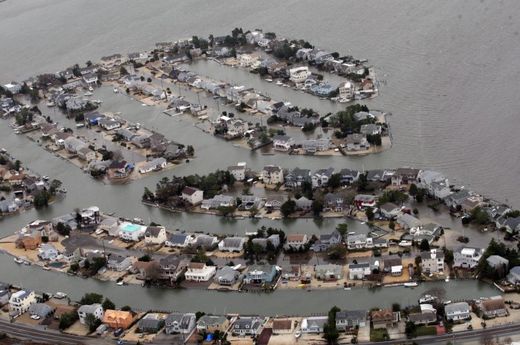
© www.pressofatlanticcity.comAtlantic City during temporary sea rise.
The clearest connection between climate change and Sandy's impacts is
sea level rise. Warming oceans and melting land ice have contributed in large part to the nearly 12 inches of
sea level rise in the New York area over the past 100 years, a rate faster than the global average of about 8 inches.
Sea level rise is contributing to coastal erosion in some places such as the Jersey Shore, but
Philip Orton, an oceanographer at the Stevens Institute for Technology in Hoboken, N.J., said that how it interacted with storm surge - the wall of water that hurricanes and other storms push ashore - is what helped drive much of Sandy's damage. And the
future 1-2 punch of storm surge and sea level rise could further reshape the physical and social landscape around New York and New Jersey. "Sea level rise is very uncertain so that's part of the problem for long-term planning," Orton said.
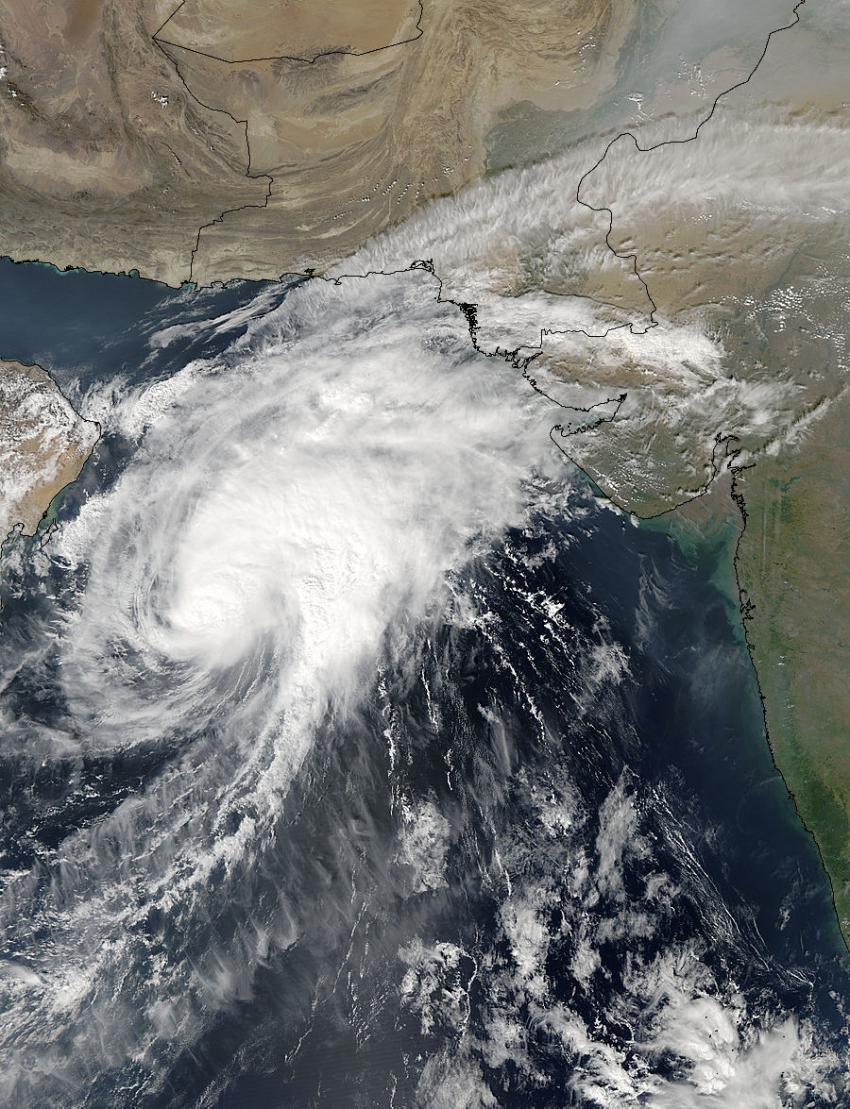
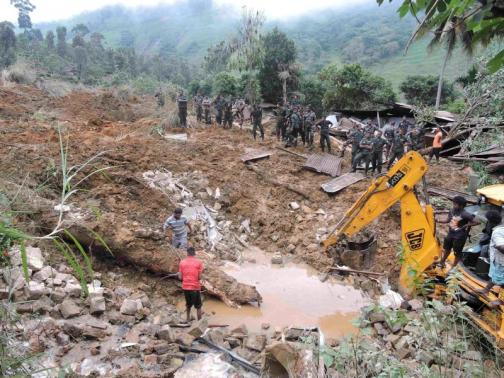
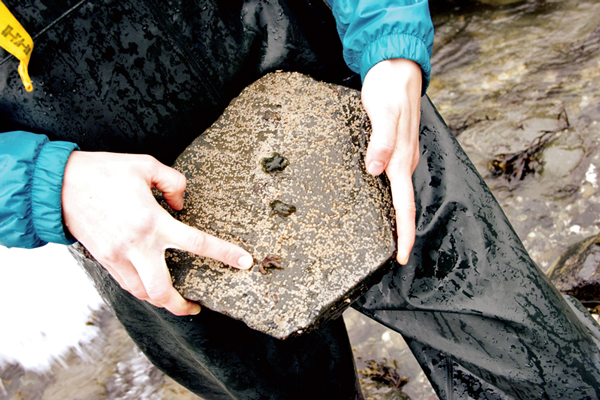
Comment: Due to a negative phase, in the constantly changing pressure gradient of the North Atlantic Oscillation (NAO), a high pressure ridge over Greenland blocked Sandy's NE trajectory. Plus, a dip in the jet stream and a surface cold front turned Sandy westward into the U.S. East Coast. How does that work?
A high pressure over Greenland creates a counterbalanced low pressure zone to the south and causes colder weather patterns in lower latitudes. Global ocean oscillations, contributing their cyclic and alternating patterns of "highs" and "lows, influence east-west wind troughs and cause or contribute to continental droughts, floods, extreme temperature fluctuations and migrations of wildlife habitats. The extreme swings of the NAO are part of the complex atmospheric/ocean dynamics of the North Atlantic, which include sea-surface temperature anomalies, the strength of the Gulf Stream, atmospheric wave structure and the distribution of sea ice and icebergs. A statistical relation between Arctic Sea ice loss and occurrences of the negative (blocked) NAO phase has been observed in recent decades. A northern high pressure zone increases temperatures causing ice melt. These interactions are poorly understood in reference to their magnitude of effect over contributing systems, vast distances and time.
Add in the following: Ocean warming due to plate tectonics, increasing methane release, a slowing earth rotation creating friction between the mantle and the crust uping earthquakes and volcanic activity, a rise in electrical phenomenon and interaction in the solar system, tropical climate zones measurably moving towards the poles* pushing more warm moisture into higher atmospheres of frigid temperatures resulting in massive winter storms...a recipe for the rapid onset of vast amounts of ice and snow. (Every drop of water creates 10 times its volume upon freezing.)
*According to NOAA, a poleward shift of mid-latitude storms (as in Sandy) is occurring. Are we on track for the next ice age? Is it only a matter of time and confluence?